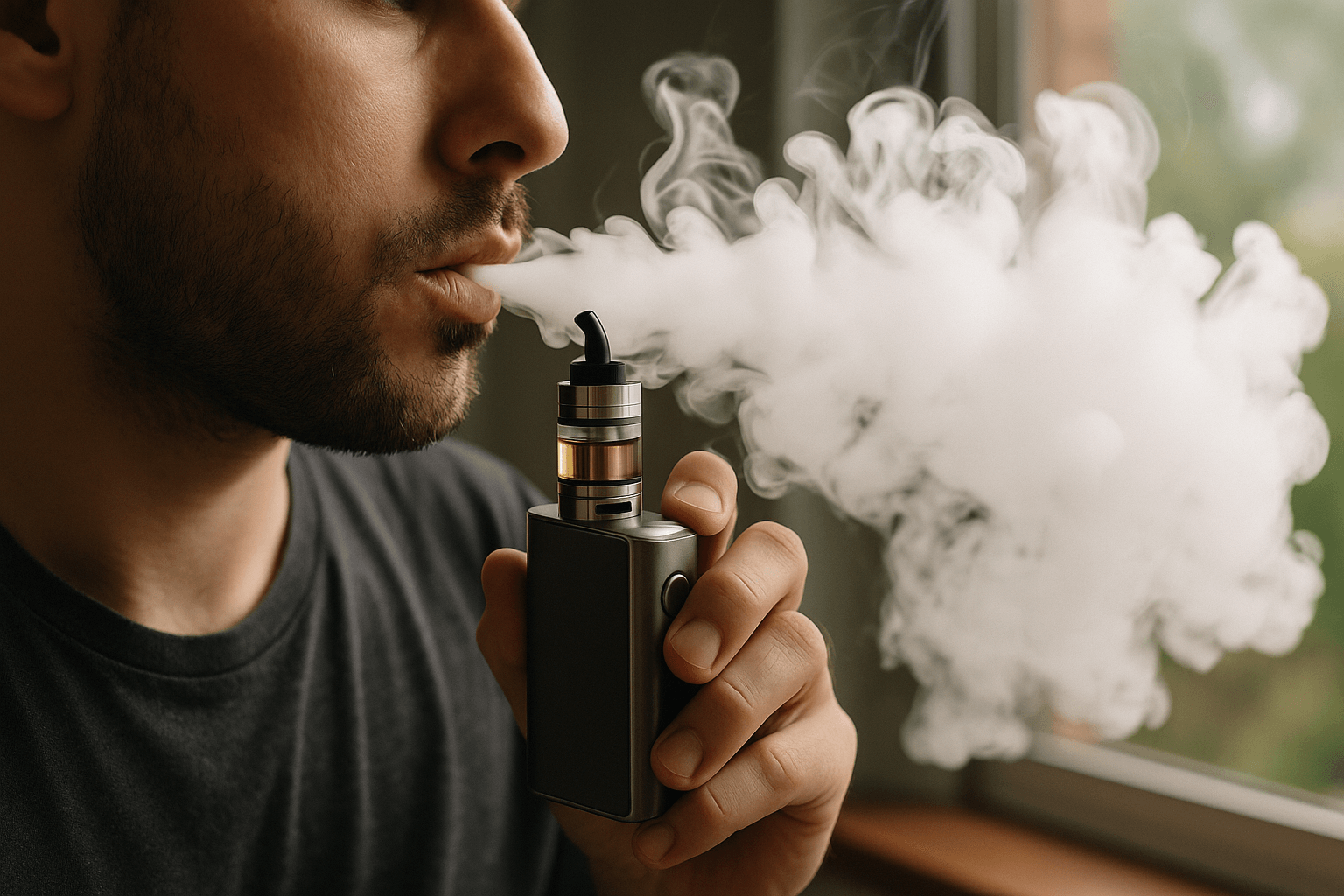Airflow Hacks for Better Flavor and Denser Clouds

Are you striving for denser vapor clouds or more intense flavor from your vape? Most users focus on coils or e-liquids—but the real secret lies in one often-overlooked setting: airflow.
When properly adjusted, airflow can dramatically improve both flavor delivery and vapor production. In this guide, we’ll break down how airflow works, why it matters, and how you can master it to elevate your vaping experience—whether you’re a beginner or a seasoned enthusiast.
If you’re looking to maximize performance, this is your ultimate resource. And if you want more expert-level content, subscribe to our newsletter and join the discussion in the comment section below.
Quick Navigation
- Why Airflow Matters
- The Role of Air Pressure
- How to Adjust Airflow on Your Device
- Tips for Different Device Types
- Optimizing Coils for Airflow
- Maintaining Your Device
- Advanced Airflow Customization
- Maximizing Airflow for the Best Results
- Conclusion and Call to Action
Why Airflow Matters
Airflow plays a critical role in determining how your vape feels and tastes. When adjusted correctly, it controls two vital aspects:
-
Flavor: Balanced airflow ensures efficient vaporization, which enhances the full spectrum of your e-liquid’s flavor profile.
-
Vapor Density: Too much airflow results in weak, airy clouds, while restricted airflow can produce dense, overly hot vapor.
Finding the right balance allows you to tailor your vape sessions to your personal preferences.
The Role of Air Pressure
Air pressure, created through your device’s airflow settings, affects how easily vapor is drawn in and how much vapor is produced.
-
Direct Lung (DL) Vaping: Requires more airflow for easier inhales and larger clouds.
-
Mouth-to-Lung (MTL) Vaping: Prefers tighter airflow to create a stronger throat hit and intensified flavor.
The ideal setup depends on your style of vaping, and experimenting with different airflow levels is key to optimization.
How to Adjust Airflow on Your Device
Most modern vape devices come equipped with adjustable airflow controls. Here's how to get started:
-
For Flavor Optimization: Slightly close the airflow to concentrate vapor and enhance flavor.
-
For Cloud Production: Open the airflow to cool the coil and allow larger inhales, resulting in bigger clouds.
-
For Balanced Performance: Gradually adjust your airflow until you find a setting that gives you both satisfying flavor and vapor.
Tips for Different Device Types
Different devices offer various airflow control options. Tailoring your approach based on your device type can improve performance:
-
Pod Systems: These typically have limited airflow adjustments. Use coils and e-liquids that align with your vaping goals.
-
Sub-ohm Tanks: Offer wide airflow ranges, ideal for both flavor enthusiasts and cloud chasers.
-
Rebuildable Atomizers (RDAs/RTAs): Allow for custom coil builds and wicking, giving you the most control over airflow dynamics.
Optimizing Coils for Airflow
Coil Placement
The location of your coil directly affects how air flows through your device. Proper placement ensures even heating and efficient vapor production:
-
Position the coil directly in front of airflow holes to ensure even air distribution.
-
Avoid stacking multiple coils too closely together, which can block airflow and reduce performance.
Choosing the Right Coil Type
Different coils perform better with specific airflow setups:
-
Kanthal Coils: Ideal for beginners and general-purpose vaping.
-
Mesh Coils: Provide a wide surface area, enhancing vapor production with open airflow.
-
Clapton Coils: Known for detailed flavor delivery, best paired with restricted airflow settings.
Maintaining Your Device
Regular maintenance is essential for keeping airflow unobstructed and your device performing optimally.
Cleaning the Airflow System
-
Use compressed air or a small brush to clean airflow slots weekly.
-
Detach and rinse tanks or atomizers to remove e-liquid residue and buildup.
-
Rebuildable device users should clean airflow channels and coils between builds.
Preventing Common Issues
-
Leaking tanks can clog airflow holes and reduce efficiency. Use quality seals and avoid overfilling.
-
Monitor for buildup of dust or debris in air pathways, especially if devices are carried in pockets or bags.
Advanced Airflow Customization
Once you’re comfortable with basic settings, take airflow control further by pairing it with e-liquid composition and accessories.
VG/PG Ratio Matching
-
High VG (70/30): Designed for cloud production; pair with open airflow settings.
-
Balanced VG/PG (50/50): Offers a good balance of flavor and vapor; medium airflow is ideal.
-
High PG: Best for flavor; use restricted airflow to create a tight draw and enhance taste.
Drip Tip Selection
Drip tips (mouthpieces) influence airflow as well:
-
Wide-bore tips: Allow for greater airflow, suited for direct lung vaping and cloud production.
-
Narrow tips: Restrict airflow for flavor concentration, ideal for MTL setups.
Maximizing Airflow for the Best Results
Airflow customization opens the door to personalizing your entire vape experience. Whether your priority is intense flavor or massive clouds, focus on the following factors:
-
Coil type and placement
-
Device type and condition
-
Airflow alignment with e-liquid composition
-
Ongoing cleaning and maintenance
Begin with small adjustments, observe the effects, and fine-tune from there. Over time, you’ll develop an airflow setup that complements your vaping style.
Conclusion and Call to Action
Mastering airflow is one of the simplest yet most effective ways to enhance your vaping experience. By understanding how it interacts with flavor, vapor, and device components, you gain full control over every hit.
Have airflow tips or questions? Join the conversation in the comments below. And for more expert vaping guides, updates, and exclusive deals, subscribe to our newsletter.